GAUGING POINSETTIA PREFERENCE
There is always considerable discussion over which poinsettia cultivars independent garden centers should carry and which cultivars consumers prefer. The new cultivars and their success at retail have changed the industry’s mindset of what a poinsettia should look like. Remember when ‘Winter Rose Dark Red’ was introduced and few industry folks liked it, but within a couple of years, almost everyone was selling it?
The Trials
We are providing the results of the consumer surveys conducted at Purdue University, West Lafayette, Ind.; University of Florida (UF), Gainesville, Fla.; and Homewood Nursery, Raleigh, N.C. These surveys are conducted in conjunction with the National Poinsettia Cultivar Trials and are supported by the major poinsettia breeder companies: Dummen USA, Paul Ecke Ranch, Fischer USA, Oglevee Ltd. and Selecta First Class. At Homewood, 40 individual plants are placed at the entrance of the retail greenhouse during Thanksgiving weekend. Customers voted for their favorites through the Christmas shopping season. At University of Florida, two days after the industry Open House, consumers were invited to view the trials, and some additional survey plants were set up.
For the Purdue study, plants were moved to the conservatory greenhouse at White River Gardens in Indianapolis, Ind., from November 28 until December 29.
Overall Favorites
The figures below show the results from Florida, Purdue and Homewood where consumers picked their favorites from a large group of different cultivars. Across the three surveys, there are six cultivars in the top 15 on at least two of the lists. Those are ‘Sonora White Glitter’, ‘Jingle Bells 4.0’, ‘Monet Twilight’, ‘Cortez Burgundy’, ‘Carousel Red’ and ‘White Christmas’; none of which are traditional red plants. This does not mean everyone should exclusively stock these cultivars. These results, along with results from previous years, do show that independent garden center consumers are attracted to the new and different.
There can be no doubt that Sonora White Glitter, Carousel Red and Cortez Burgundy are probably the most popular cultivars from the surveys, as they have been at the top of consumer surveys for several years. All three are very distinctive, either in color or bract shape, and will draw premium prices.
The other cultivars mentioned White Christmas, Jingle Bells 4.0 and Monet Twilight are also non-traditional in the sense that none of them are standard reds. White Christmas often has the best white bract color in consumer trials and will be a great complement to jingle bell types such as Jingle Bells 4.0. Jingle Bells 4.0 is a newer cultivar that many consumers have not seen. Though it does not have real strong branch strength, it has been well received by consumers.
Red might be the traditional Christmas color, but many consumers prefer a softer color scheme and will appreciate cultivars such as Monet Twilight. This cultivar has been around for a while and continues to be among consumer favorites.
Favorite Reds
In the Purdue and Florida studies, more focused tests were conducted where participants were shown only a few cultivars. Consumers were shown a small group of red cultivars and asked to pick their favorite three plants. ‘Freedom Red’, the dominate cultivar in the market, was in the bottom half of both studies. In the Purdue study, ‘Orion Red’ andÁ ‘Christmas Cookie’ were the top two cultivars, which illustrates the diversity in the preferences of consumers. Orion is one of the industry’s top cultivars and has the common blueish-red tint, while Christmas Cookie has the brightest orange-red color of any commercial cultivar.
Among the top cultivars in the Florida study were ‘Merlot’ and ‘Chianti Red’. They do look different, as Chianti has distinctive cyathia with multiple nectaries and deeply lobed leaves and bracts. Unlike Winter Rose Dark Red, these two cultivars are probably not distinctive enough to warrant a premium price. The UF students sold standard, single-plant, pinched, 61?2-inch red poinsettias for $7.50 and other colors and specialty varieties for $10-$20. They could not get $10 for Chianti. ‘Olympus’, the second-place finisher, is a new, interesting cultivar with the bract color of Orion but slightly smaller leaves and bracts. The bracts are held up in a horizontal plane.
Other Favorites
In another study, consumers were asked to pick their top three from a group of cultivars that represented various types of poinsettias. The two top choices were very distinctive. Ecke 54-99 is a new cultivar that will be available in 2004. It has bright red bracts with white markings. While we might be tempted to call this a jingle bell type, it is so distinctive it should be classified as a novelty separate from jingle bells. Another version of this is Ecke 6401, which has a bright pink background. Both will be very popular with high-end consumers. The runner up, ‘Holly Point’, has very low vigor. In the past two years, UF grew Holly Point as a typical single-pinch plant in a 6-inch pot, and this small plant did not attract much attention. This year, students put four cuttings in an 8-inch bulb pan, and those were the plants shown to the consumers. Notice that Holly Point was the number-four choice in the Florida study. The UF students sold plants that were about 12 inches tall for $20-$25.
Using the Data
If many of the cultivars mentioned above seem unfamiliar, you should not be surprised. There are hundreds of available cultivars, and growers can only produce a limited number of these. There has also been a substantial lag between the introduction of new cultivars and their adoption at the grower level. In other words, growers tend to produce the cultivars that are most familiar until certain that the new introductions are either in demand or provide documented production benefits.
And this is where the above research can be of use to you. Becoming familiar with the most customer-prefered cultivars will enable you to work more closely with your growers to have some input on which cultivars will be available to you.
One thing to remember about adding additional cultivars to your mix: While it is important to differentiate your store with a variety of plant material, including the newest releases, you should not aim to carry so many different cultivars that you neglect core sales, namely standard red cultivars.
For most garden centers, 6-inch red poinsettias still comprise approximately 70-80 percent of sales, but for consumers, this product has become a commodity, selling at chain stores last season for $2 each. The newest and the most unusual cultivars can not only bring variety to your poinsettia offerings, they can bring higher prices. As indicated above, the most unusual novelties often sold for two times the standard. While there may be a premium from the grower, because often these cultivars are difficult to produce, the return in exposure and price point is well worth it.
This article is based on research conducted by Dr. Jim Barrett, a professor of floriculture and Dr. Rick Schoellhorn, an extension specialist at the University of Florida, Gainesville, Fla.; Dr. Allen Hammer, a professor of floriculture at Purdue University, West Lafayette, Ind.; and Joe Stoffregen, manager of Homewood Nursery, Raleigh, N.C. These researchers would like to thank the poinsettia breeders, their universities and technicians, and all the poinsettia growers for their support.




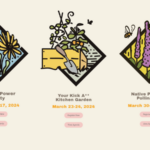

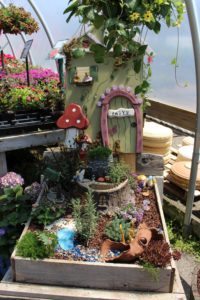

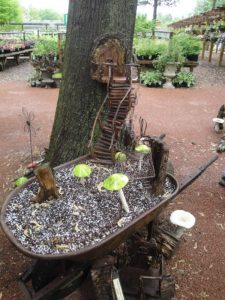
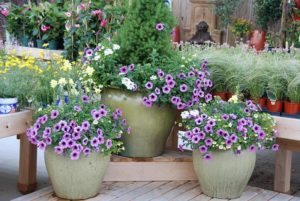
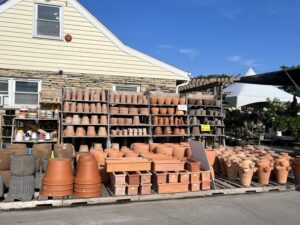
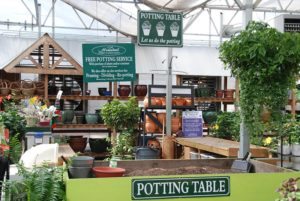
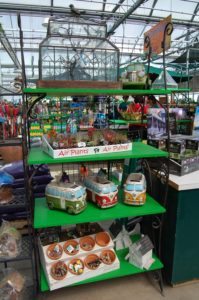
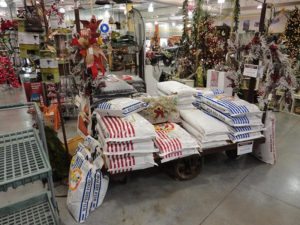
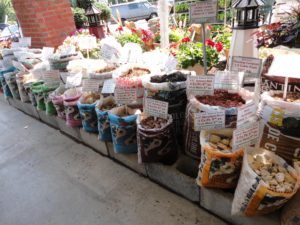
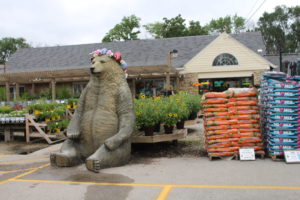


 Videos
Videos





